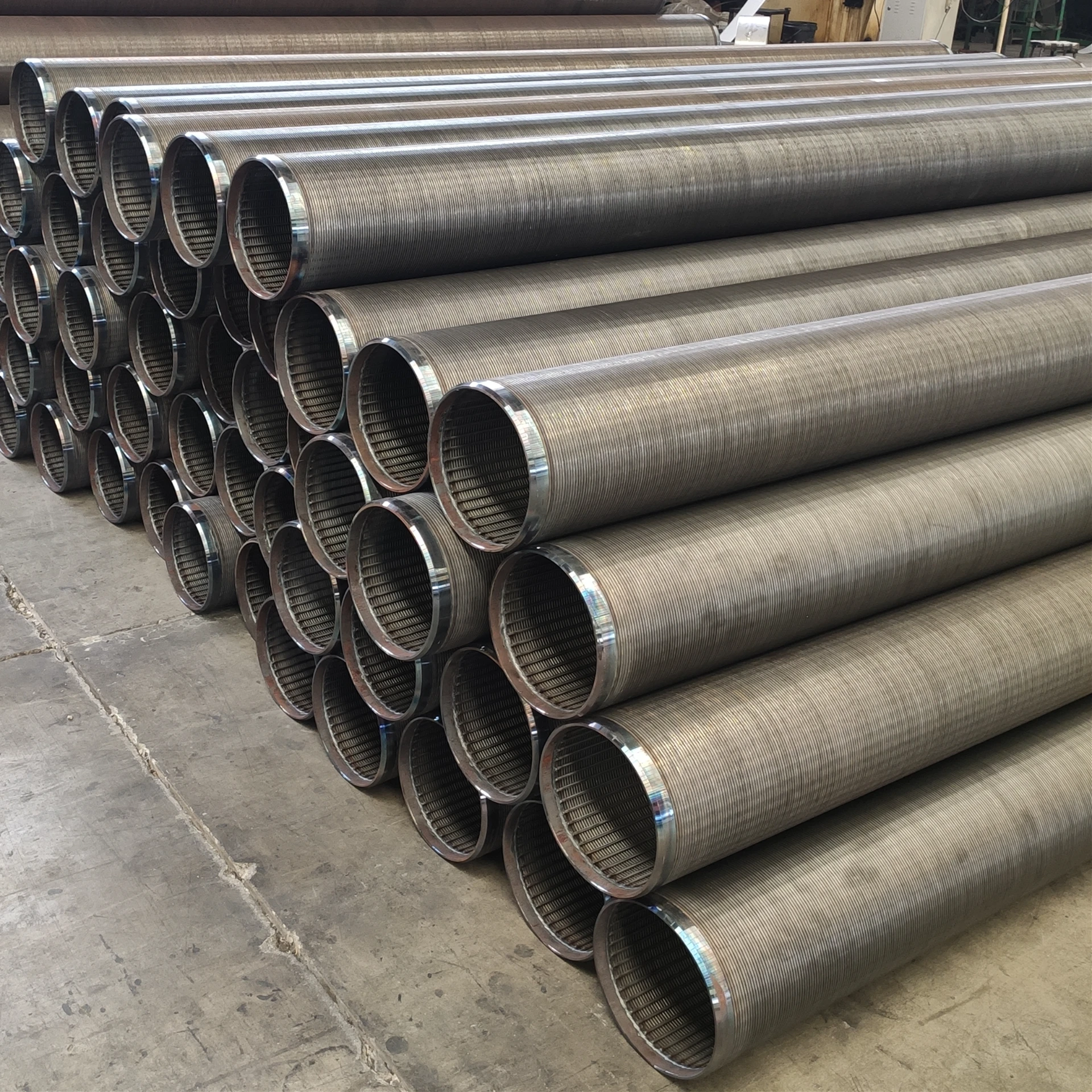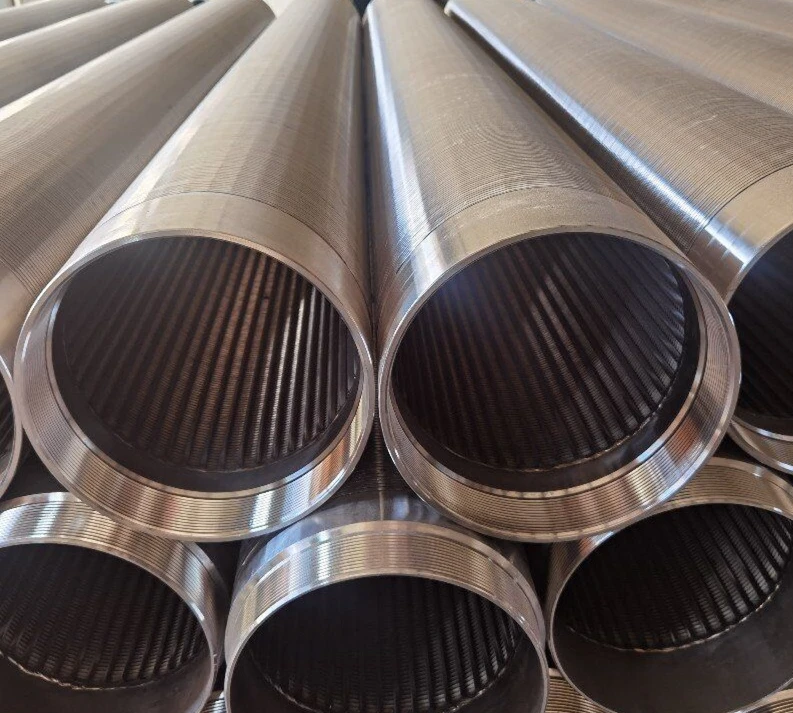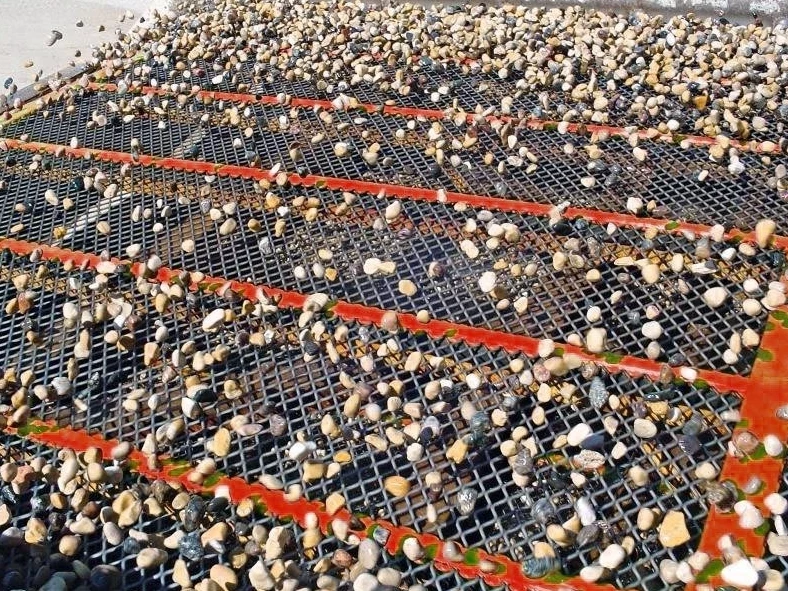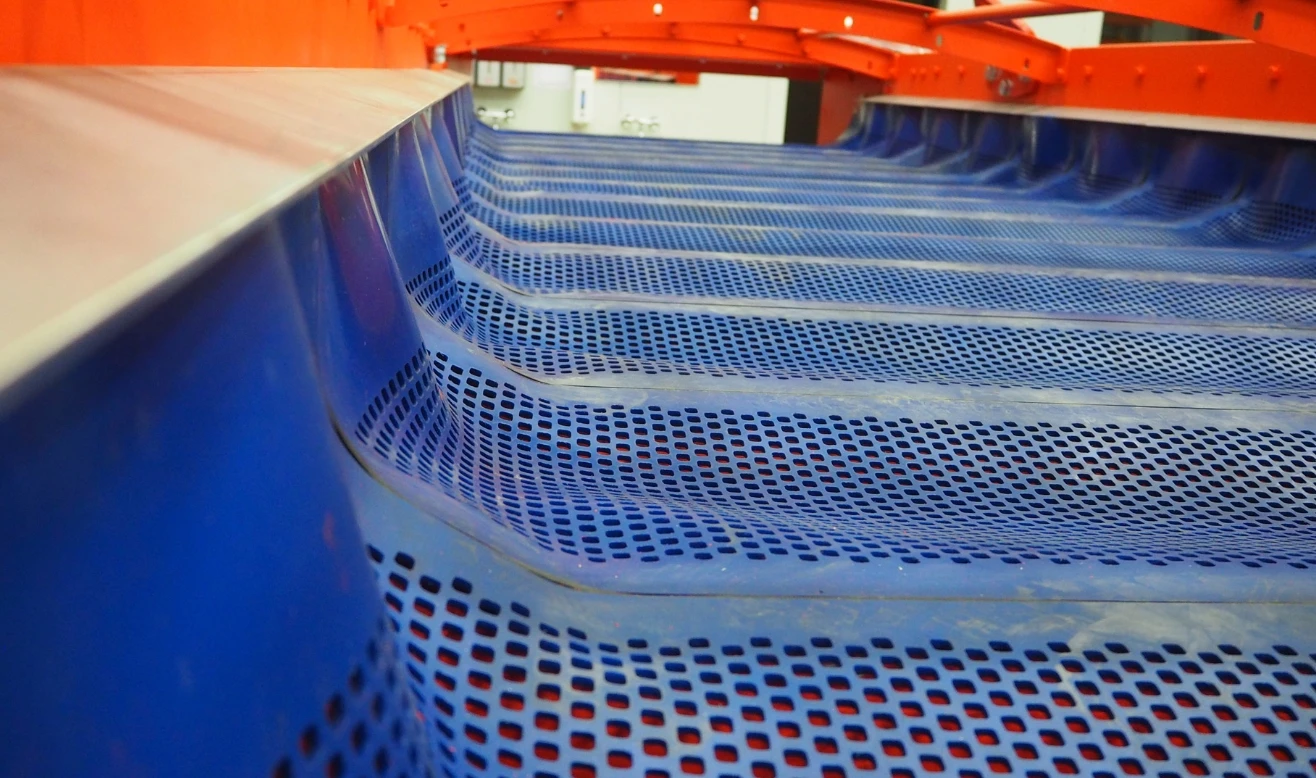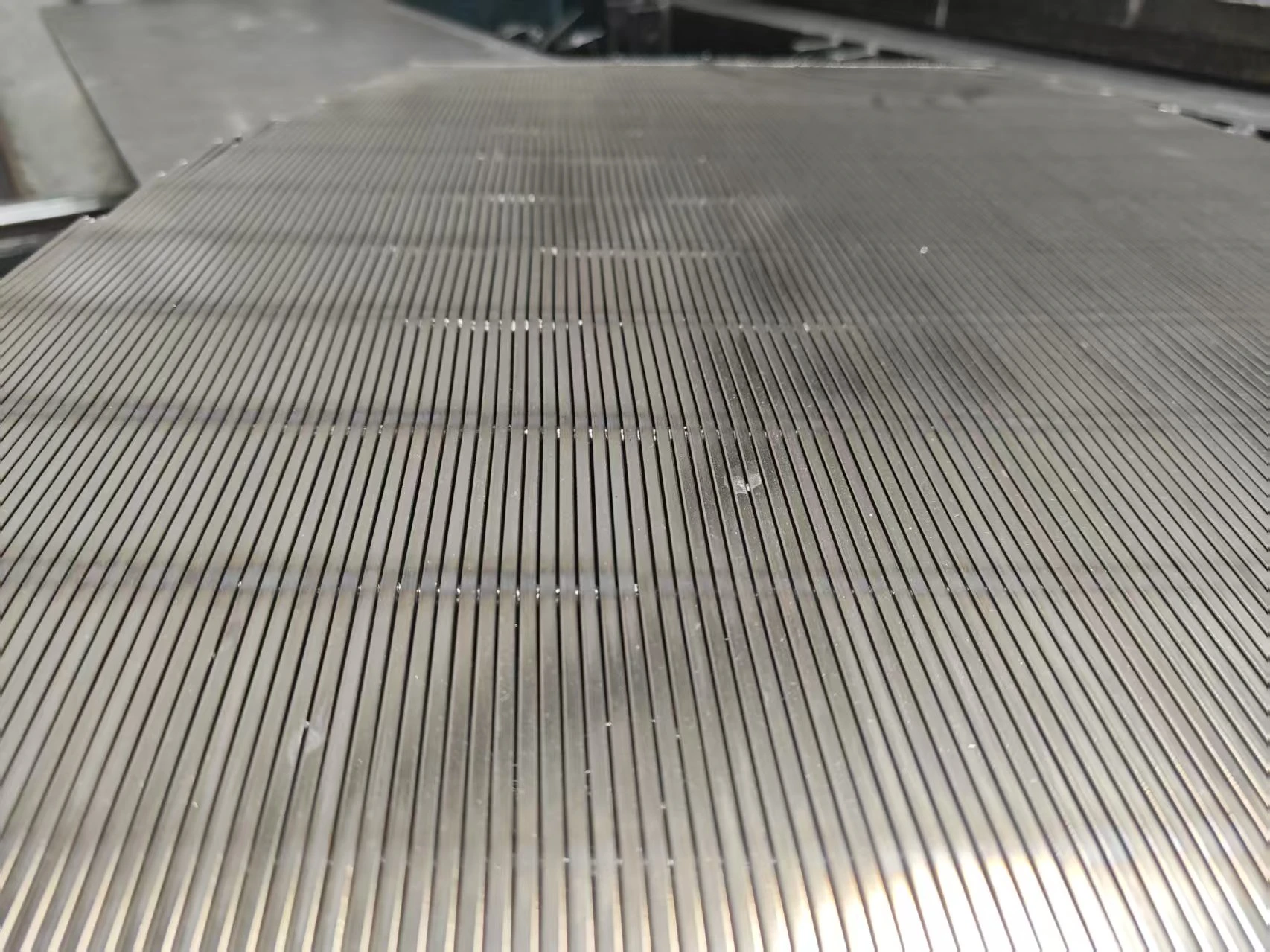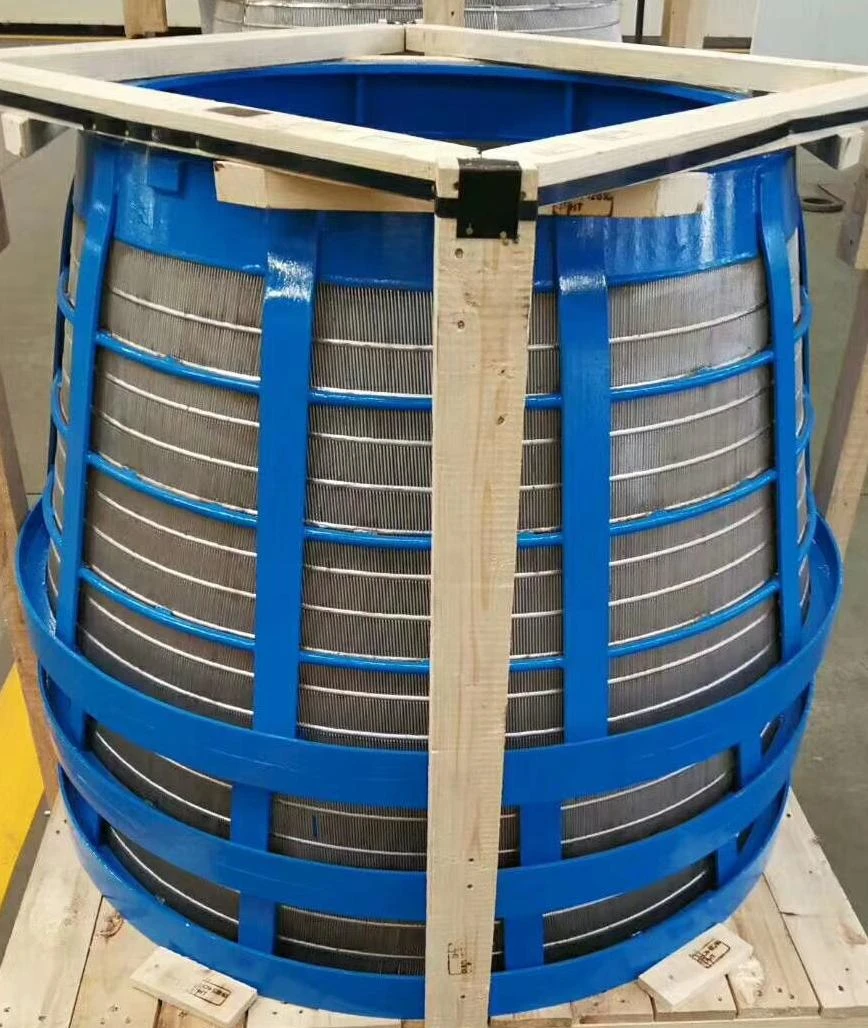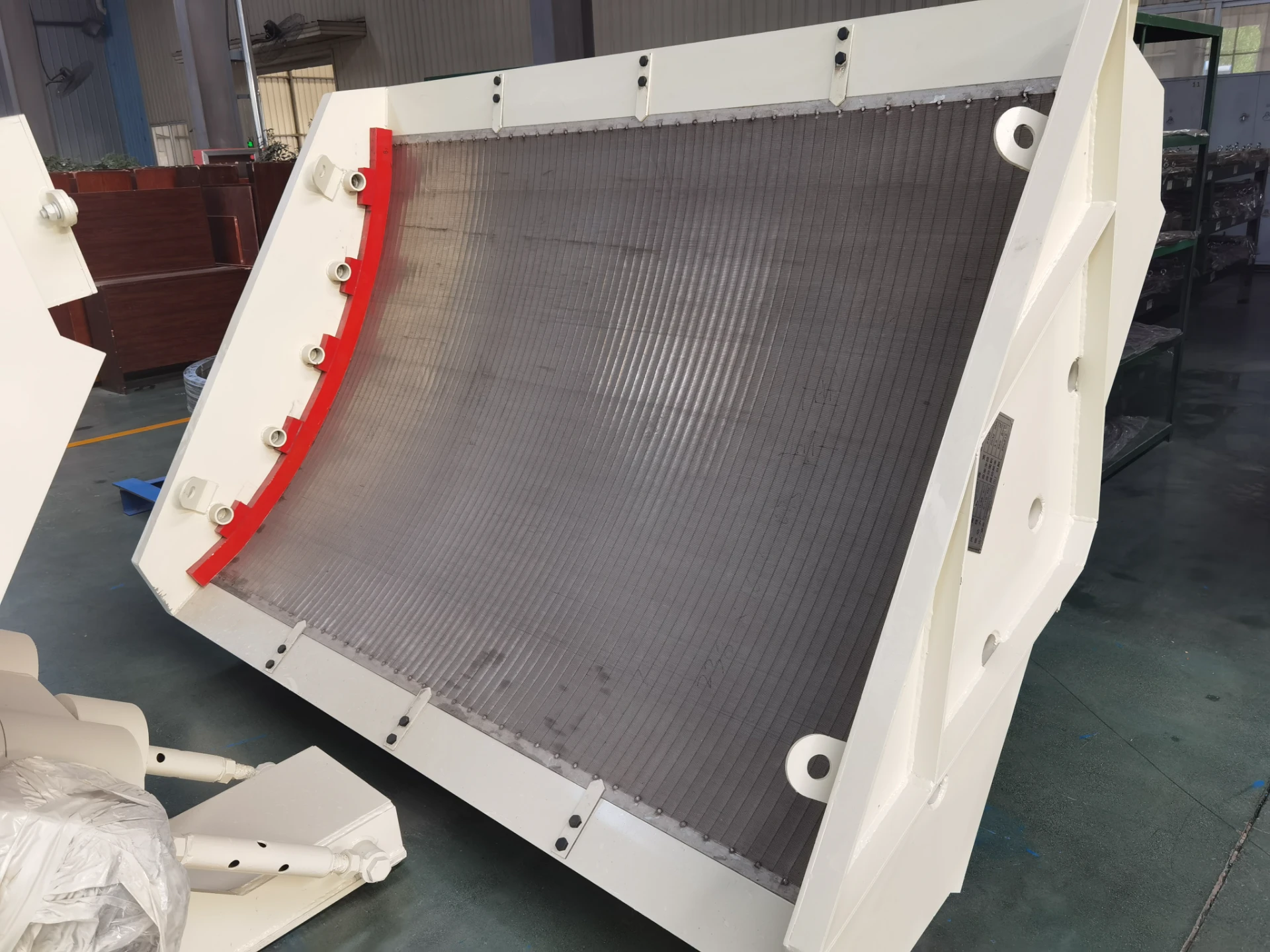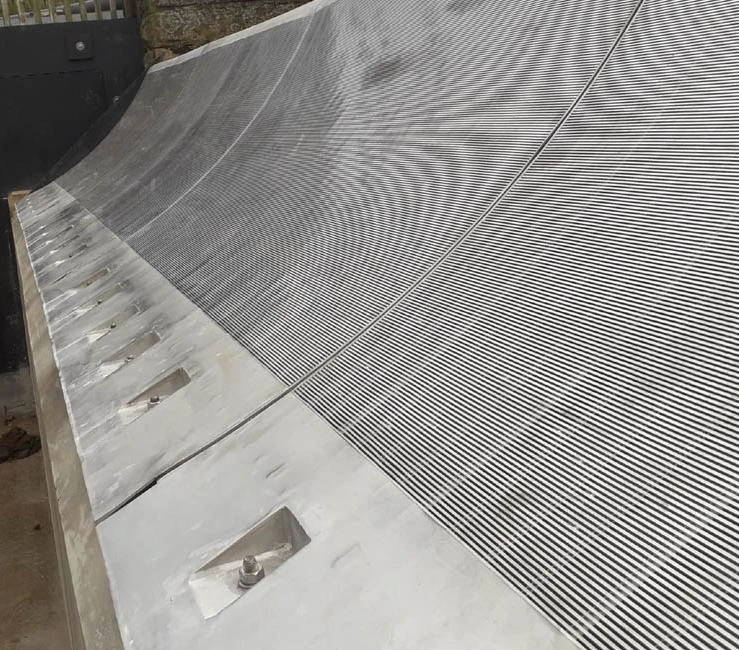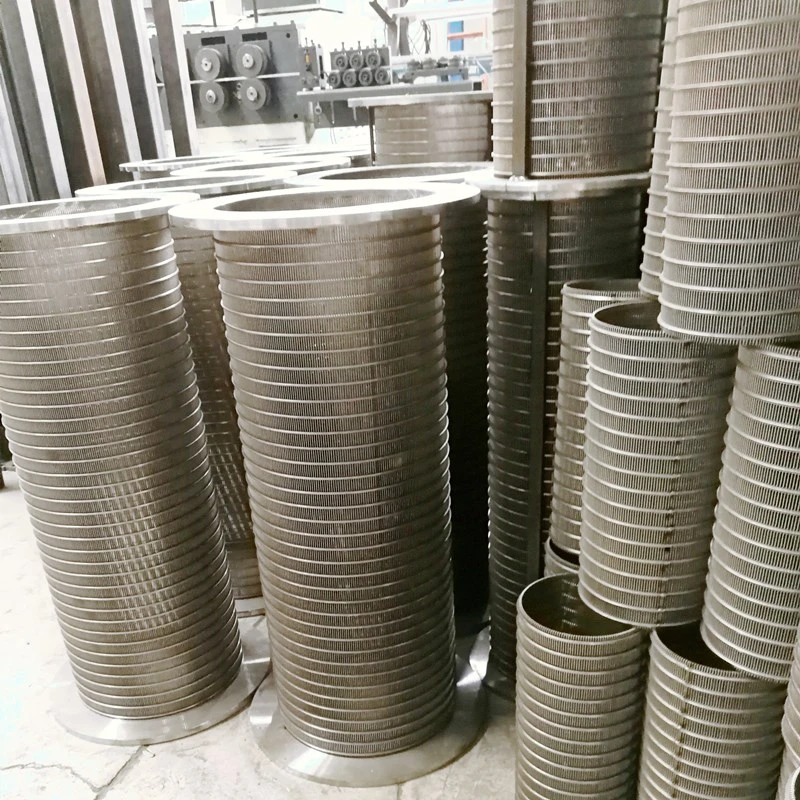- Market Impact and Performance Data of Screening Solutions
- Engineered Advantages in Modern Separation Technology
- Material Comparison: Metal vs Polyurethane Plates
- Leading Manufacturer Capabilities Analysis
- Customization Parameters for Specific Applications
- Industrial Implementation Scenarios and Results
- Operational Benefits in Material Processing Systems
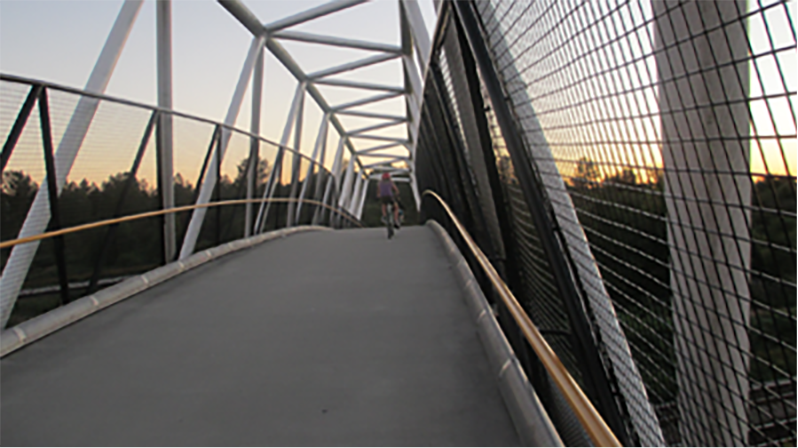
(perforated screen plate)
Essential Applications of Perforated Screen Plate Technology
Across industrial processing facilities worldwide, perforated plate screens serve as fundamental separation mechanisms. These precision components enable efficient particle sizing in industries ranging from mining to food production. Modern perforated plates feature geometrically arranged apertures engineered for specific material flow characteristics. While traditional wire mesh dominated earlier applications, stamped steel plates now account for 67% of screening surfaces in North American aggregate plants according to industry reports.
Market Impact and Performance Data
Recent operational data reveals perforated plate screens significantly outperform alternatives in heavy-duty environments. In mineral processing applications, plants utilizing hardened steel screens reported 41% longer service life compared to conventional woven mesh. Throughput capacity directly correlates with open area percentage, with precision perforated plates achieving up to 82% open area - nearly double the capacity of standard wedge wire systems. The mining sector alone consumed 7.2 million square meters of perforated screening surfaces last year, with 18% year-over-year growth projected.
Engineered Advantages
The fundamental superiority of perforated plate screens stems from five core engineering attributes. Rigidity prevents deflection under material loads exceeding 12 tons per square meter. Controlled aperture geometries maintain precise tolerances within ±0.05mm during mass production. Non-blinding characteristics are achieved through conical hole profiles that eject trapped particles. Vibration resistance allows continuous operation at frequencies up to 1200 RPM without fatigue failure. Chemical compatibility options range from 316L stainless steel to specialized polymer compounds like polyurethane plates for corrosive environments.
Material Comparison
| Property | Steel Plates | PU Plates | Composite Plates |
|---|---|---|---|
| Tensile Strength (MPa) | 480-950 | 35-45 | 120-180 |
| Abrasion Resistance (ASTM D4060) | 65-85 | 92-98 | 78-88 |
| Noise Reduction (dB) | 3-5 | 12-15 | 8-10 |
| Operating Temp Range (°C) | -40 to 650 | -20 to 80 | -55 to 165 |
Manufacturer Capabilities Analysis
| Supplier | Max Plate Dimensions | Hole Shape Variety | Lead Time |
|---|---|---|---|
| Heavy-Duty Industrials | 4,000 x 1,500mm | Standard (Round/Square) | 4-6 weeks |
| Precision Perforators Inc. | td>3,000 x 1,200mm9 configurations | 2-3 weeks | |
| Advanced Screening Systems | Custom projects | 17 geometries | 1-2 weeks |
Customization Parameters
True operational optimization requires tailoring perforated plate screens to exact process specifications. Variables include hole diameter (0.5mm to 200mm), spacing patterns (staggered vs straight), material thickness (1mm to 50mm), and specialized edge treatments. A mining operation in Chile recently implemented custom elliptical-hole plates with varying orientations across the screening surface, reducing pegging incidents by 73% while maintaining 96.4% screening efficiency. Secondary treatments like vulcanized rubber backing or hardened surface coatings extend service life in high-abrasion applications.
Industrial Implementation
A cement manufacturer achieved 28% energy savings after replacing traditional screens with specialized perforated plates featuring variable aperture zones. In recycling facilities, PU plate screens with 15mm hexagonal holes process 27 tons/hour of municipal waste with minimal downtime for cleaning. Agricultural processors utilize food-grade stainless steel perforated screens achieving separation accuracy of ±0.2mm for grain classification. These installations typically recover implementation costs within 8-14 months through reduced maintenance and increased throughput capacity.
Material Processing Systems Enhanced by Perforated Screen Plates
Operational documentation from 78 facilities confirms perforated plate installations consistently outperform alternatives in critical metrics. Processing plants report average increases of 22-31% in throughput capacity when implementing optimized perforated screen plate
s. Maintenance frequency typically decreases by 40-60% compared to woven wire systems, significantly reducing operational downtime. When properly configured for specific material characteristics, these components consistently achieve separation efficiencies exceeding 95% across diverse applications, cementing their position as essential technology in modern processing infrastructure.

(perforated screen plate)
FAQS on perforated screen plate
以下是为核心关键词"perforated screen plate"及关联词创建的5组英文FAQ问答,使用HTML富文本格式:Q: What is a perforated screen plate used for?
A: Perforated screen plates filter and sort materials by size. They control particle separation in industries like mining and recycling. Their holes pattern determines sorting precision.
Q: How is a perforated plate screen manufactured?
A: Laser cutting or stamping machines punch holes into metal sheets. Materials include stainless steel or abrasion-resistant PU plates. Hole size and spacing are customized per application.
Q: What advantages do PU perforated plates offer?
A: PU plates provide exceptional impact resistance and noise reduction. They resist corrosion better than metals in wet environments. Their flexibility reduces material clogging and wear.
Q: Can perforated screens handle high-temperature materials?
A: Yes, when made with heat-resistant alloys or coated PU plates. Metal variants withstand temperatures up to 900°C. Specialized polymers maintain integrity at 120°C+.
Q: How to maintain perforated screen plates?
A: Regularly inspect hole blockages and structural integrity. Clean with pressure washers or ultrasonic systems when clogged. Replace worn sections before failures occur.
所有问答严格遵循: - 问题用
